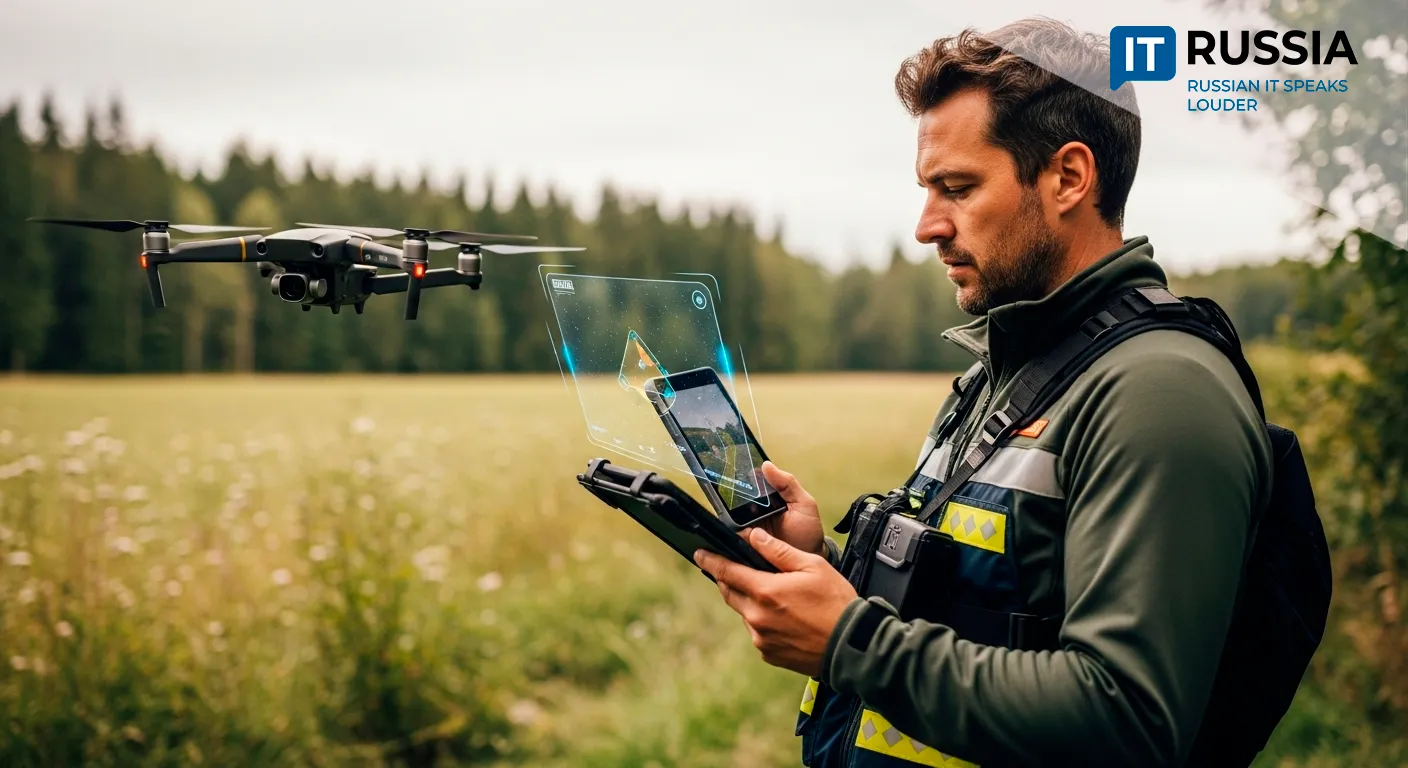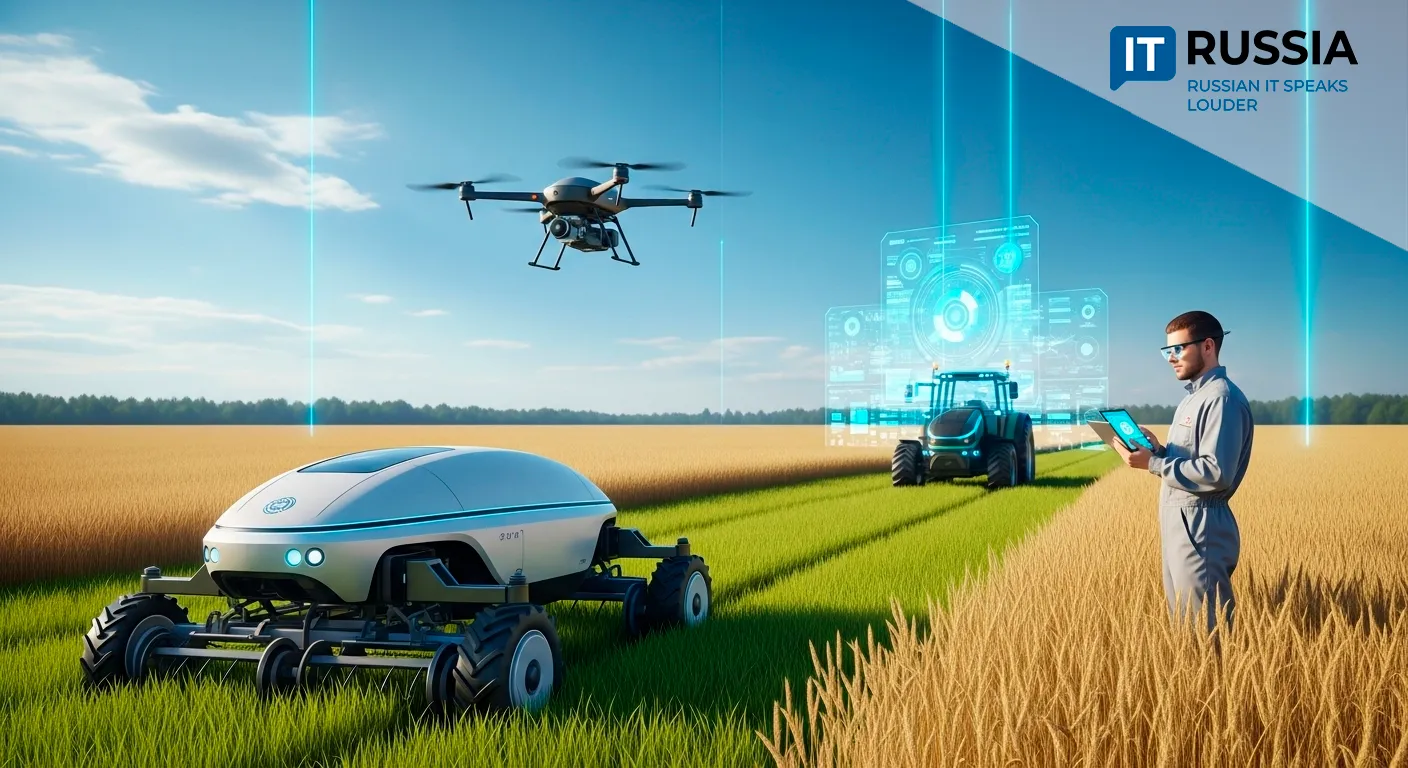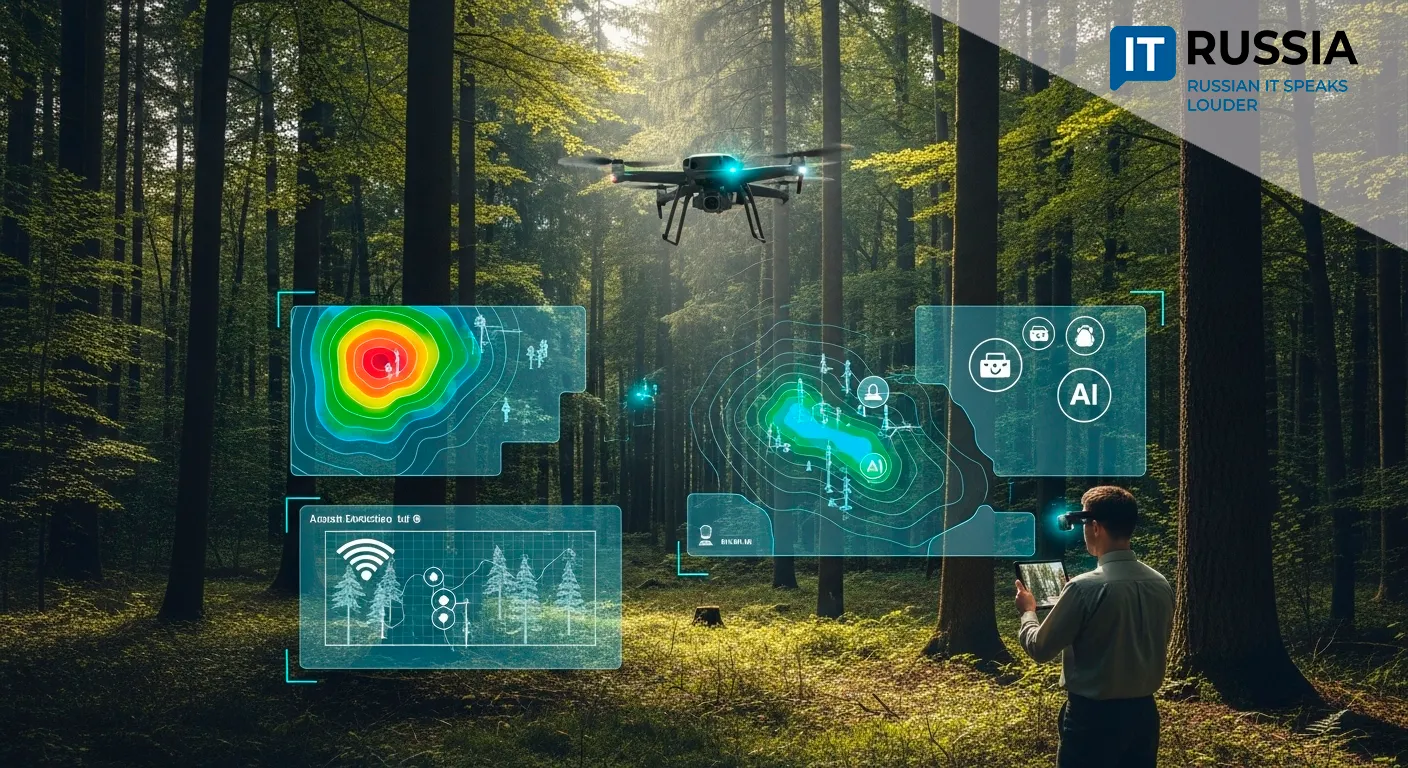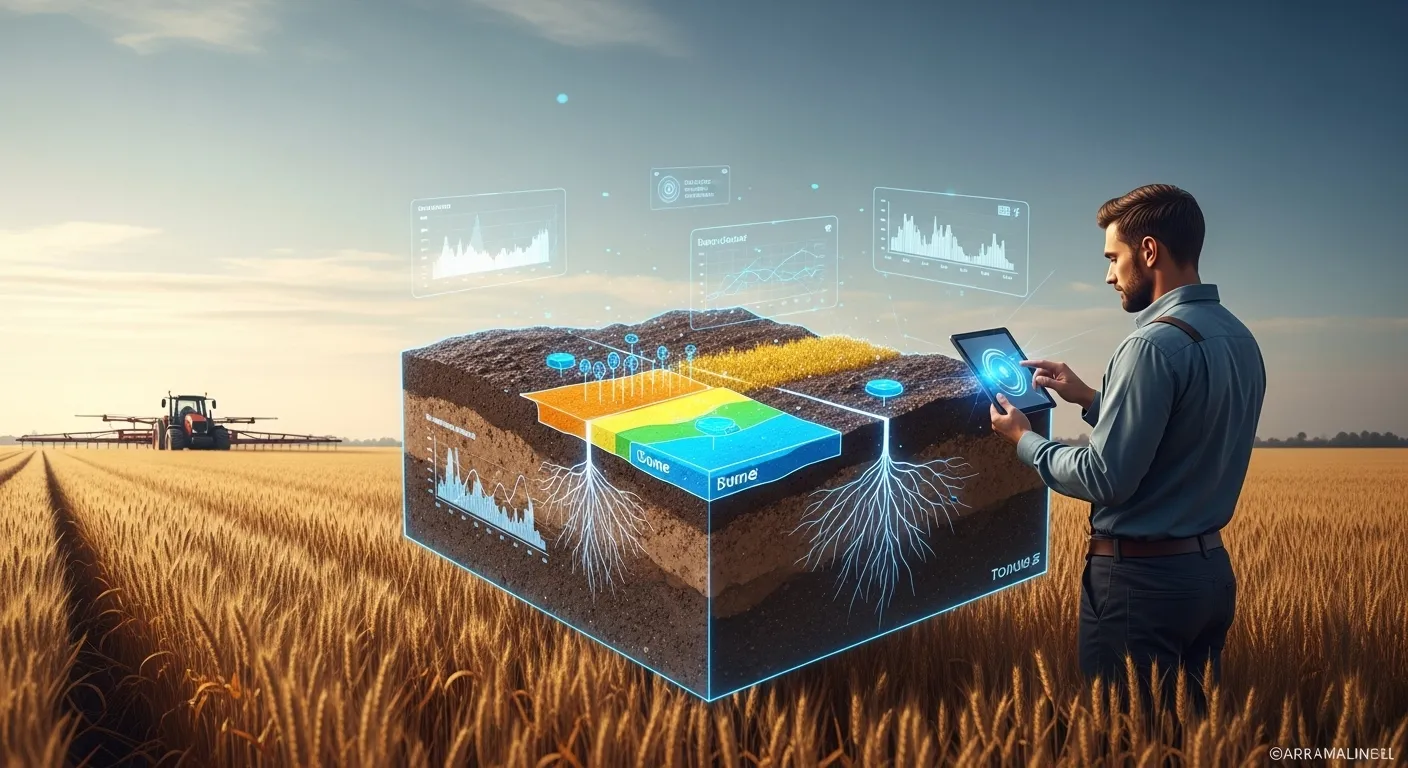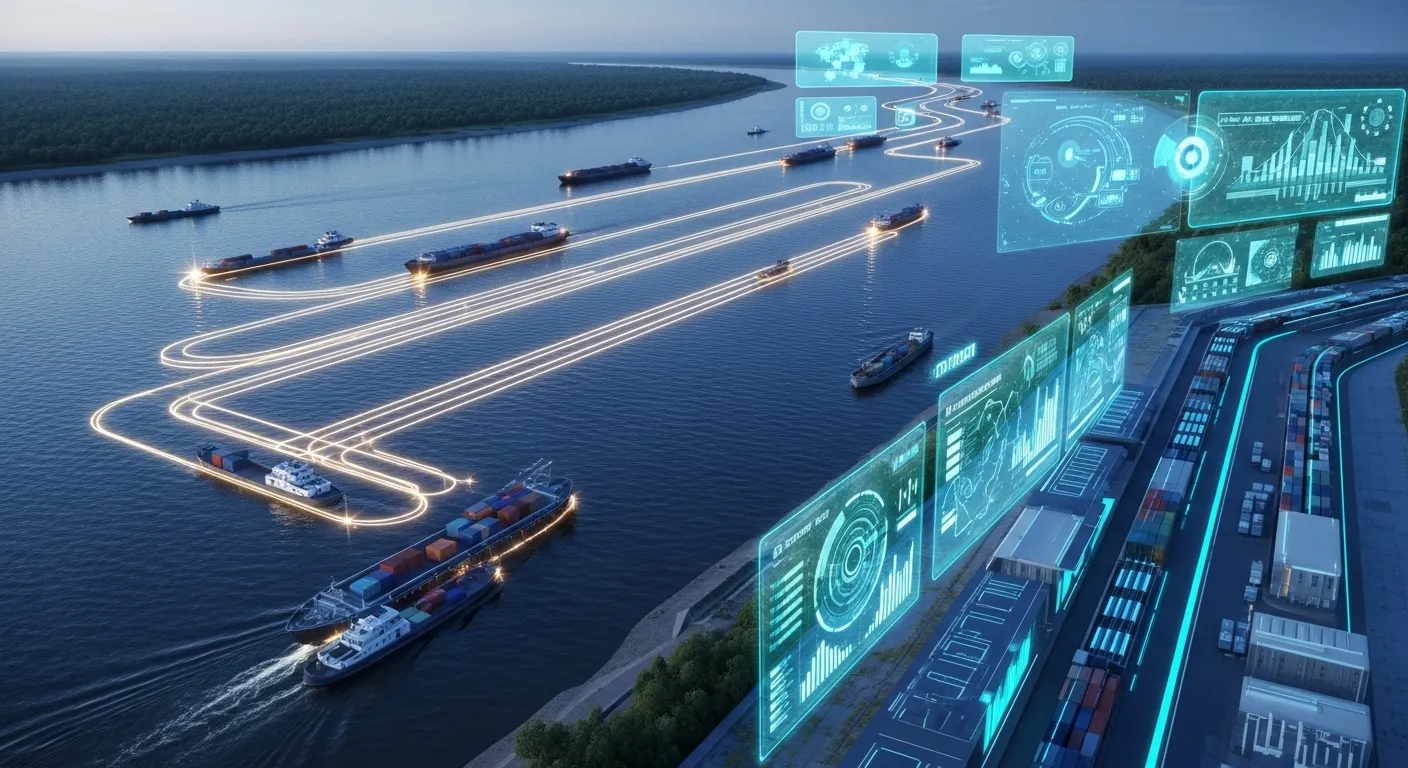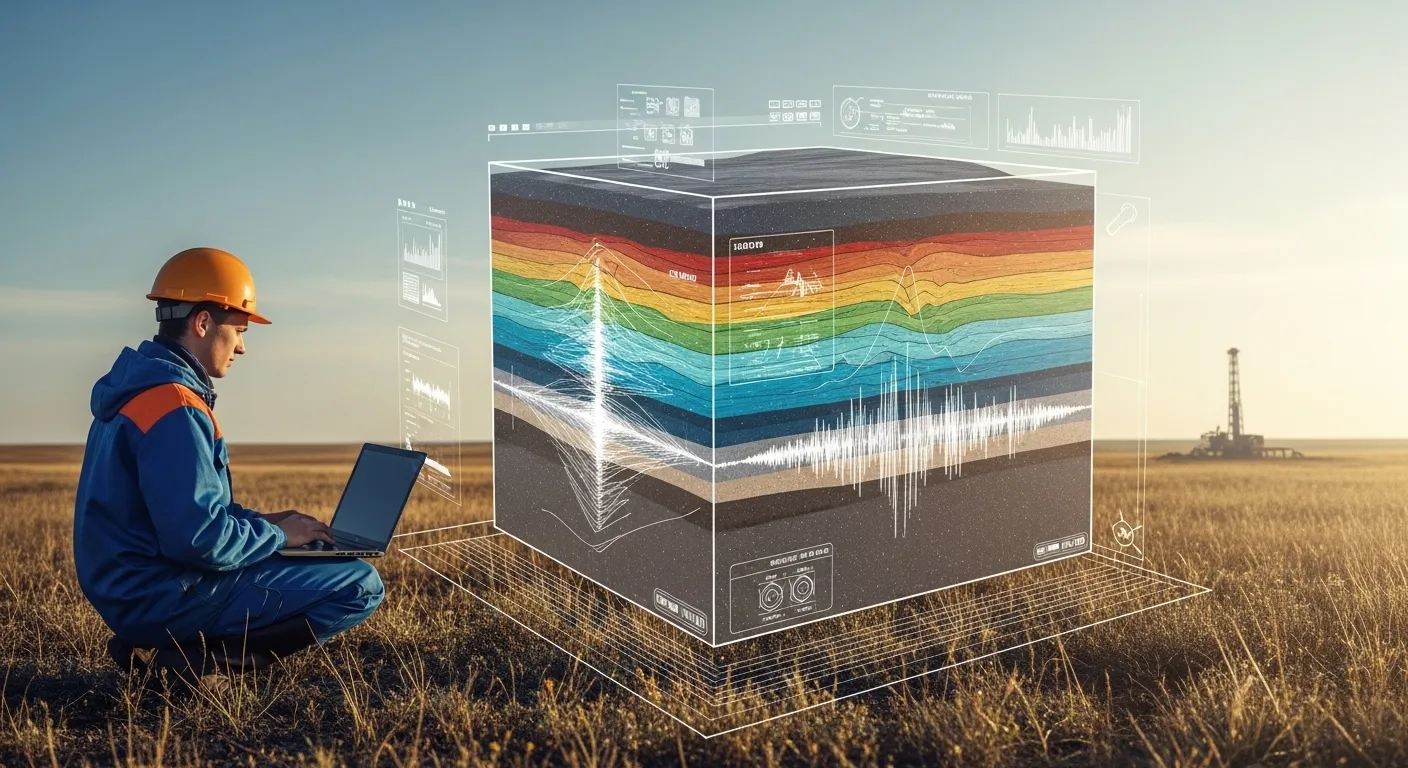A New Perspective on Oil Spills: Russia’s Laser-Based Detection System Targets Wetlands
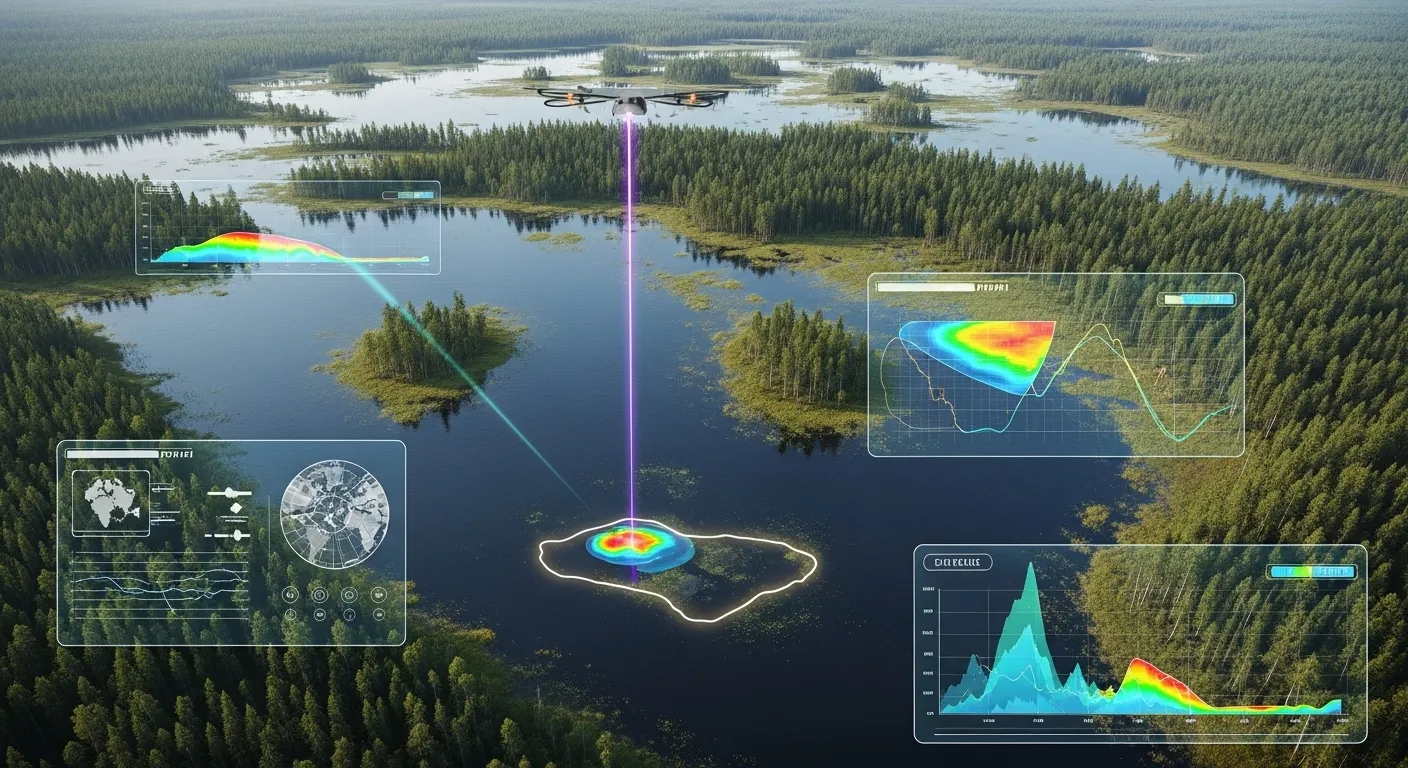
On July 3, 2025, Rosneft unveiled a breakthrough monitoring system combining LIDAR and high-resolution aerial imaging to detect oil spills even beneath the surface of Siberian wetlands.
Digital Signatures Instead of Photographs
This isn’t just about better cameras. Mounted on aircraft or drones, LIDAR emits millions of laser pulses that penetrate the surface of water and swamp soil. These pulses capture not just surface reflections but also light-scattering behavior in saturated soils and shallow waters — parameters that change drastically when oil is present.
In tandem, high-resolution imaging identifies visual anomalies like unnatural sheens, color spots, and vegetation stress along shorelines. Machine learning algorithms trained on massive datasets — including spectral fingerprints of oil and organic matter such as algae, peat, and fallen leaves — analyze LIDAR and image data in real time.
The result is a digital map with unmatched accuracy, enabling quick detection of oil contamination where visual inspection alone would fail.
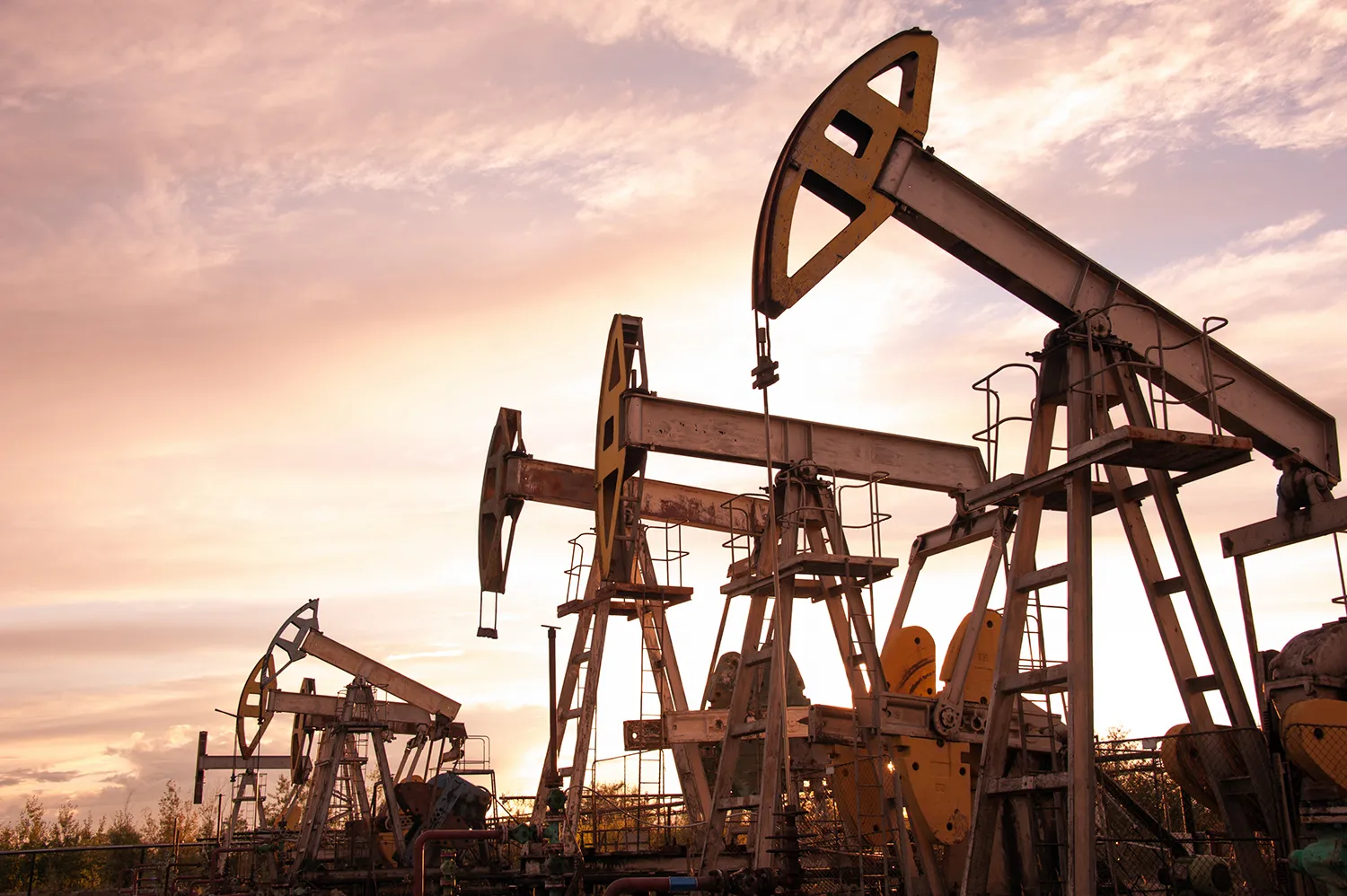
From Monitoring Wildlife to Preventing Disasters
This technology represents a strategic leap forward in Rosneft’s environmental policy. Back in 2024, the company invested in biotic monitoring — tracking polar bears, walruses, and whales as ecosystem indicators. But that approach, while important, was more reactive than preventative.
Then in mid-2025 came SmartGiR, a digital system for real-time well monitoring, aimed at minimizing leakage risk at the source. The new LIDAR-based system completes the triad: prevention, site control, and rapid environmental response.
As regulatory and public pressure mounts — illustrated by procurement campaigns like RN-Purneftegaz’s push to expand environmental teams — investments in detection technologies are no longer cosmetic but essential. As the industry saying goes: 'It’s cheaper to prevent a spill than to explain why your oil ended up where it shouldn’t be.'
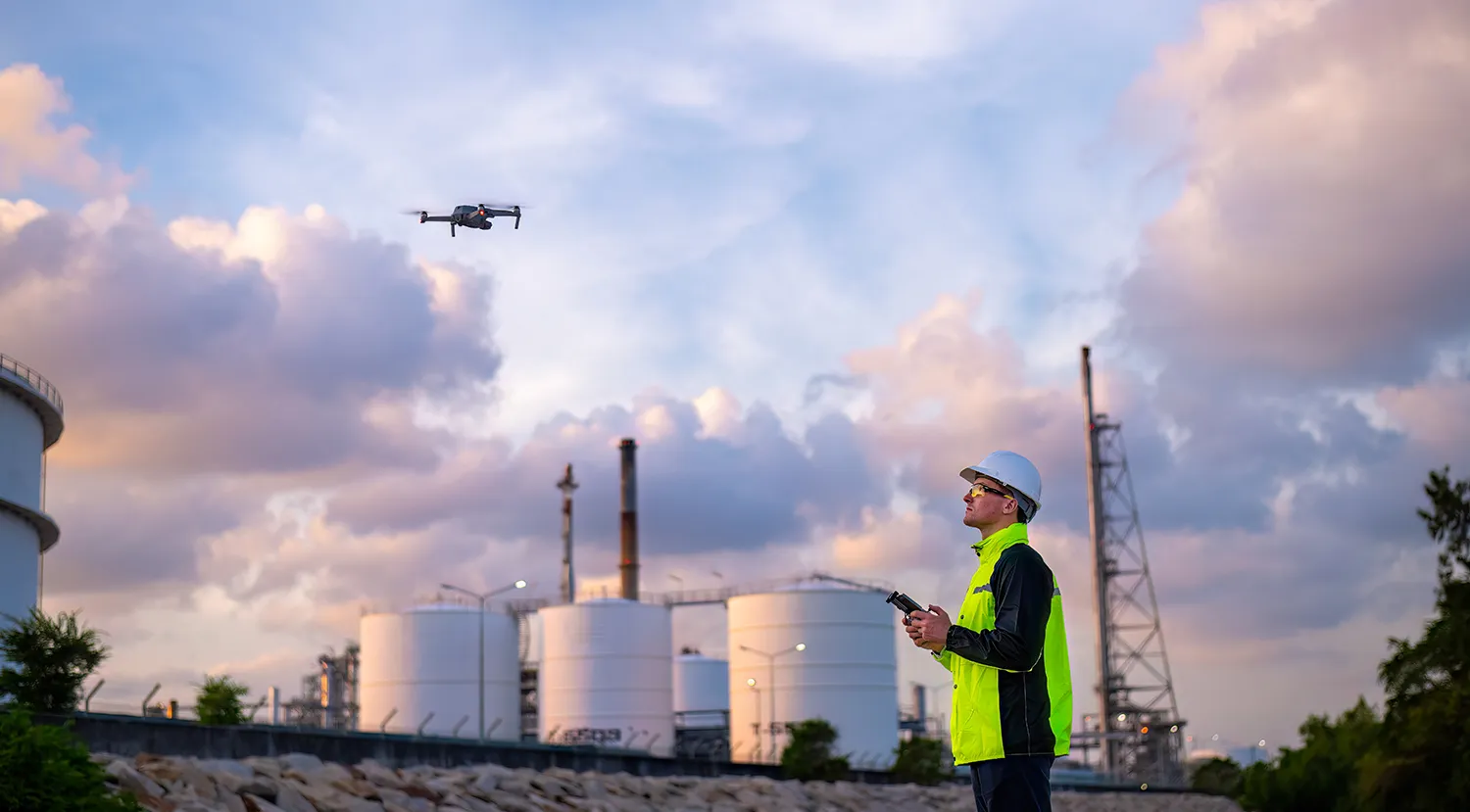
From Siberia to the World
The pilot launch will take place in Western Siberia — an ideal testbed with harsh terrain and complex wetland environments. The technology’s broader potential is clear: next in line are similarly boggy Russian regions like the European North and the Far East.
Beyond Russia, countries with expansive wetlands and active oil production — including Canada, Brazil, and Indonesia — face similar challenges. Rosneft is already exploring a cloud-based service model that would offer LIDAR data processing and environmental reporting as a commercial platform.
There’s even discussion of codifying the technology into national environmental monitoring standards — a sign that Russia could lead the way in sustainable fossil fuel oversight.
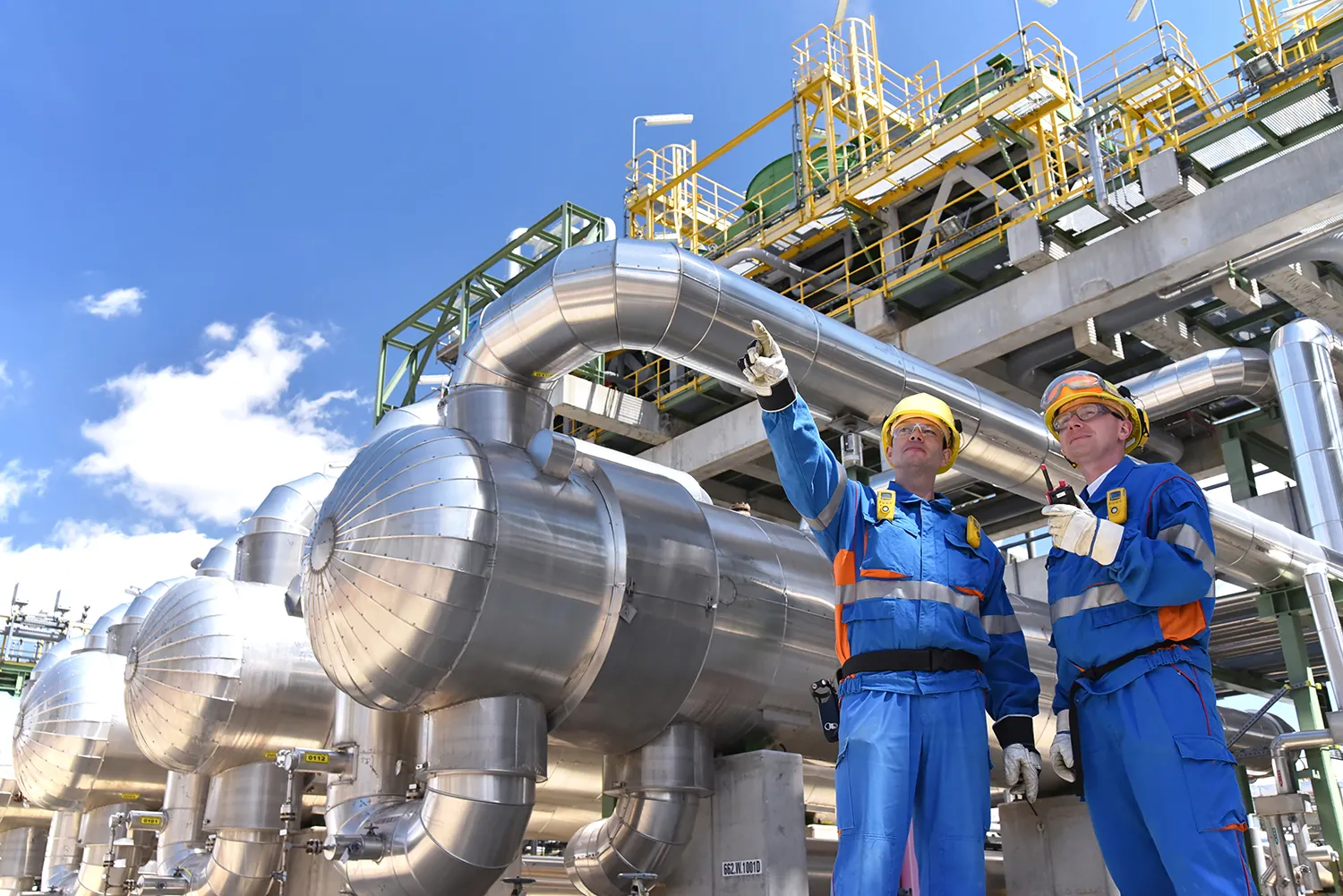
Restoring Trust Through Transparency
Rosneft’s system is more than just another tech upgrade — it’s a practical tool for reducing real-world ecological risks. It helps cut response times and minimizes false alarms that could otherwise discredit monitoring programs.
By preventing damage rather than cleaning up after the fact, the system delivers measurable benefits to local ecosystems and communities. But perhaps its most valuable contribution is intangible: rebuilding public trust in the fossil fuel sector.
When companies back up sustainability pledges with data-driven, high-tech initiatives, it signals a shift toward transparency. Thanks to lasers and machine learning, Siberia’s wetlands are no longer a blind spot — they’re becoming a zone of environmental accountability.




